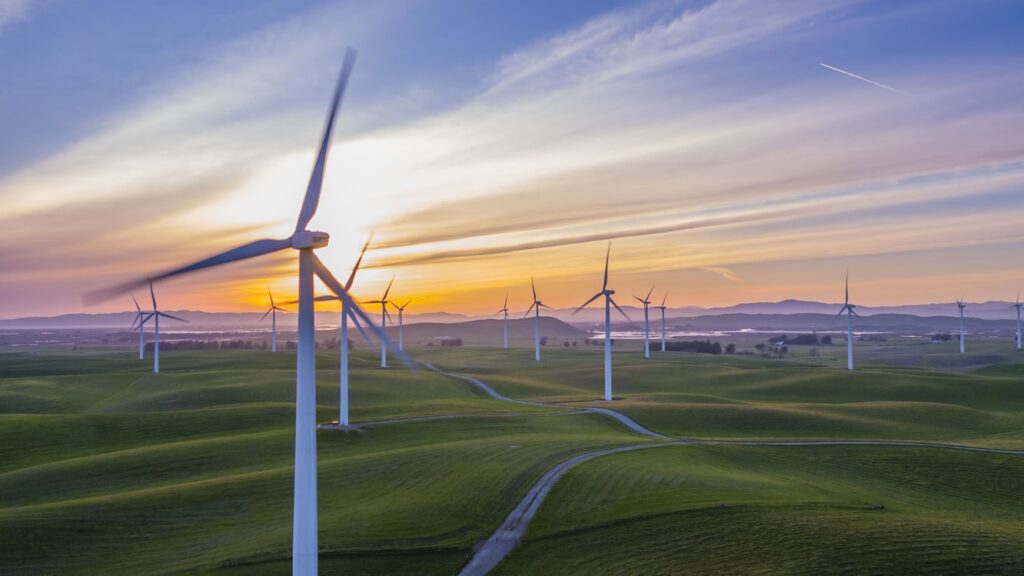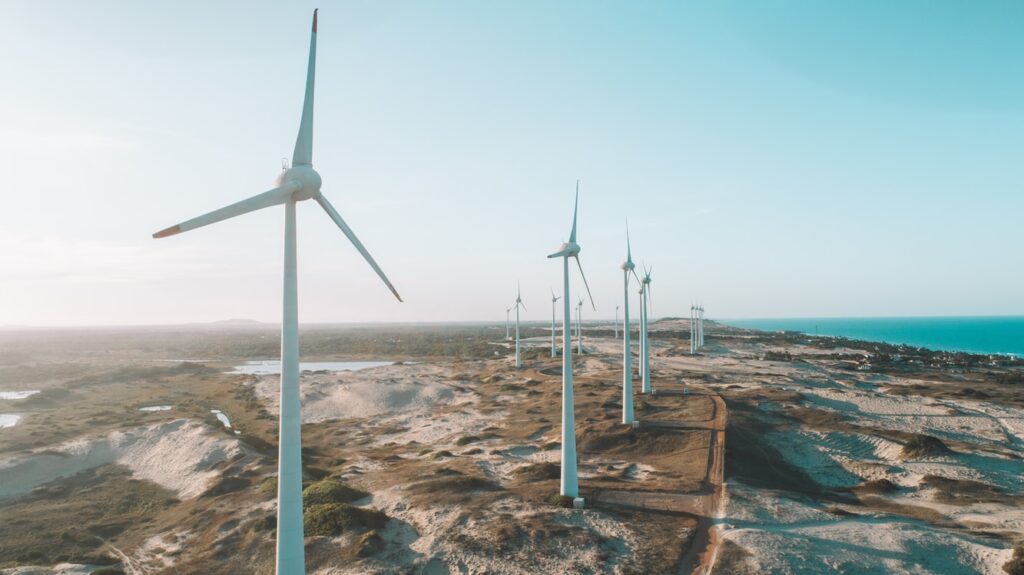Triton Knoll Offshore Windfarm Gets Ready for Full Operations
Triton Knoll finished its commissioning. It is among the biggest offshore windfarms around the world. According to RWE, which is a German-based power company, the operation of the said windfarm is said to be set in motion in 2022’s first quarter.
Triton Knoll round 2 windfarm is an offshore windfarm that can produce 857 megawatt of electric power. It is located 33 kilometers off the Lincolnshire coasts, in the North Sea, England. Also, it features 90 Vestas’ wind turbines. Vestas is a Danish firm that offers sustainable energy solutions.
RWE left a statement that Triton Knoll will generate enough power to cover the demands of nearly 800,000 residence yearly. The project’s estimated investment totals £2 billion, equivalent to around $2.74 billion.
Triton Knoll is handled by RWE, owning the company’s 59%. J-Power and Kansai Electric Power are the other owners, with 25% and 16% holdings . The construction of the project, maintenance, and operation are all handled by RWE.
Triton Knoll starts generating electricity
In March 2021, Triton Knoll was set to generate electricity, and it was last September of the same year when the final turbine was deployed. in the North Sea, Triton Knoll is established.
The North Sea is a place for various extensive offshore wind projects. The Hornsea Project One, which is a 1.2 GW windfarm that utilizes 174 turbines and is located off the coast of Yorkshire, is one of these.
The Dogger Bank Windfarm, having an 3.6 GW overall capacity if finished, is among the biggest projects for the North Sea in the future. The project’s development is split into three phases.
By 2030, U.K. authorities are aiming for a wind capacity of 40 GW. The European Union hopes to have an offshore wind of 300 GW installed at some point between the century.
America’s first offshore windfarm
On the other side of the Atlantic is the United States, still far from catching up to Europe. The Block Island Windfarm in the expanse of Rhode Island was the first 30 MWs offshore wind plant of the U.S, which began operating commercially in 2016.
According to estimates from WindEurope, the sector garnered 26.3 billion euros (about $29.7 billion) in funding for new offshore wind projects last year. In 2020, 2.9 GW of offshore wind capacity was put in place in Europe.
In November, a project said to be the U.S. first offshore windfarm operating commercially began. By 2030, the project is said to complete rolling out 30 gigawatts offshore wind, which could open thousands of jobs and billions worth of investment.
Conclusion
In conclusion, wind energy still faces several challenges. For instance, the best places for land-based wind sites are mostly in remote areas. Yet, the places requiring more electricity are cities, where more people live. Offshore windfarms come with a wide array of advantages. First, they are a renewable energy source that doesn’t consume water. Second, offshore windfarms provide energy resources for homes, creating jobs. Lastly, they don’t produce greenhouse gasses or environmental pollutants.

